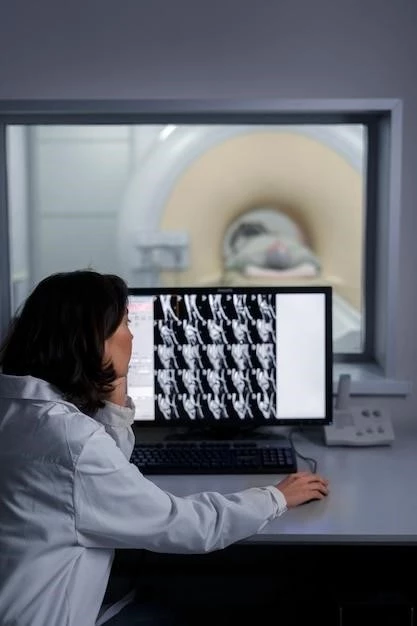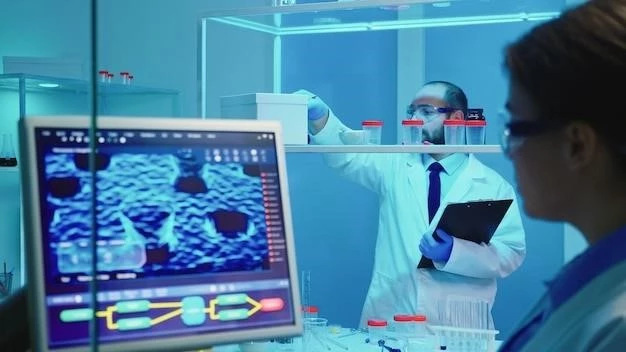Introduction to Radial Ray Agenesis
Radial Ray Agenesis is a spectrum of anomalies involving the absence or underdevelopment of the radius, radial carpal bones, or thumb․ It can range from partial to complete defects․
Definition and Spectrum of Anomalies
Radial Ray Agenesis, also known as Radial Ray Malformation, encompasses a wide range of anomalies involving the absence or underdevelopment of the radius, radial carpal bones, or thumb․ This condition varies from partial (radial hypoplasia) to complete defects (radial aplasia), presenting a spectrum of upper limb abnormalities․

Diagnosis and Prenatal Detection
Early diagnosis of Radial Ray Agenesis can be achieved through ultrasound examinations between 12 and 24 weeks of gestation․ It is crucial to consult with healthcare professionals for accurate prenatal detection and appropriate management․
Ultrasound and Gestational Ages
Utilizing ultrasound between 12 to 24 weeks of gestation is key in detecting Radial Ray Agenesis․ Consult healthcare providers for accurate diagnosis and guidance․
Associated Conditions
Various conditions such as Fanconi Anemia and Holt-Oram Syndrome are associated with Radial Ray Agenesis․ Consult healthcare professionals for comprehensive evaluation and proper management․
Fanconi Anemia and Holt-Oram Syndrome
Conditions like Fanconi Anemia and Holt-Oram Syndrome are associated with Radial Ray Agenesis․ Seeking medical advice for proper diagnosis and management is crucial in such cases․ Consult specialists for a comprehensive evaluation and personalized treatment plan․
Treatment and Prognosis
Reconstructive surgery can help improve mobility in cases of Radial Ray Agenesis․ Understand the prognosis by consulting healthcare experts․ Early intervention is key for better outcomes․
Reconstructive Surgery and Functional Limitations
Reconstructive surgery plays a vital role in addressing functional limitations associated with Radial Ray Agenesis․ Consult healthcare providers for personalized treatment options and rehabilitation strategies to optimize limb functionality and enhance quality of life․
Understanding the genetic components and associated syndromes related to Radial Ray Agenesis is crucial for tailored treatment plans․ Consult with genetic specialists for personalized insights․
Genetics and Syndromic Etiologies
Understanding the genetic factors and syndromes related to Radial Ray Agenesis is crucial for the appropriate management of this condition․ Seek guidance from genetic specialists to tailor treatment plans based on individual genetic characteristics․

Research and Population Statistics
Stay informed about the latest research on Radial Ray Agenesis and understand population estimates․ Knowledge is key to navigating this condition effectively․ Always consult reliable sources for accurate information․
GARD Information and Population Estimates
For Radial Ray Agenesis, with a population estimate of fewer than 50,000 individuals affected in the U․S․, understanding the symptoms, causes, and genetic aspects is vital․ Stay informed to help manage this condition effectively․
